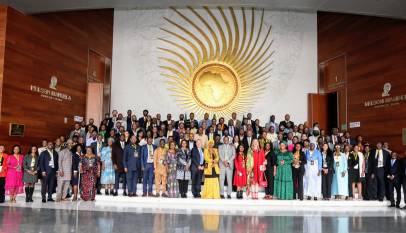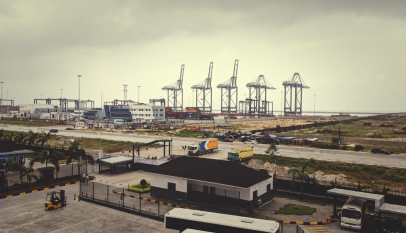ADVERTORIAL: Agriculture: From a business to a commercial ecosystem In Nigeria
“Anchor Borrowers Programme has produced 2.1 million metric tonnes of rice, setting the country on the road to rice sufficiency by 2018,” Mr. Isaac Okorafor, acting director of communications of Central Bank of Nigeria
Until recently, many Nigerians could not connect with or rather appreciate the huge potentials that lie in practicing agriculture not as a subsistence vocation instead as a commercial venture. This was not unconnected with the neglect of the sector by successive governments in Nigeria beginning from over four decades ago.
Until our very recent past, Nigerians of this generation did not see agriculture as a serious business which was why until the hard reality of economic recession sets in around 2015/2016 many regarded agriculture as a venture worthy of being practiced by only rural-based poor, and the uneducated ones amongst us.
With local rice production by the end of 2016 having reached 6.5 million tonnes, against 3.5 million tonnes in 2015, according to the Rice Farmers Association of Nigeria, it is obvious that Nigeria is on the verge of attaining self-sufficiency in rice production since our local consumption is pegged at around 7.5 million tonnes. This development means Nigeria will be saving over N300 billions of its foreign exchange hitherto being spent on rice importation, annually.
Gradually, and thanks to the Agricultural Promotion Policy (2016-2020) of the Federal Government, more and more educated and ‘well-to-do’ Nigerians are beginning to realise the huge opportunities for wealth and sustainable jobs creation that exist in investment in commercial agriculture. Thus, more than ever before, investment in agriculture is increasing with the investors reaping huge benefits!
Many examples abound of how the FG’s Anchor Borrowers and Fadama III programmes have almost overnight transformed the lives of people particularly youth in states like Kebbi, Jigawa, Kano and Niger, just to mention a few. In these states, hundreds of hitherto jobless youth have within just a planting season built houses, acquired cars and sponsored themselves and their relatives on Hajj pilgrimage to Saudi Arabia.
The result is already obvious in the fact that more Nigerian farmers particularly from the North have paid for this year’s Hajj; this is even though the cost for Hajj seats had increased tremendously this year. This is but one example of the wealth and jobs creation opportunities that lie across the agricultural value chain.
It is only by transforming agricultural production from its current subsistence nature to a commercial enterprise – which must include changing our system of land tenure which currently encourages fragmentation of agricultural lands into smaller and smaller plots; as well as increasing famers’ access to credit facilities, providing storage and processing facilities, amongst others – that we stand to fully reap the immense benefits associated with commercial agriculture.
The enormous investment and job creation opportunities could be found across the various agric value chains including seed production, breeding, fish farming, feed production, milling, value addition, exportation, agrochemicals, raw commodity supply, manufacturing etc.
The list is endless and definitely investment in any of part of the value chain does not only yield huge profits to the individual investor but equally results in enormous job and wealth creation opportunities for the country.
Compiled by Moving Image Limited














